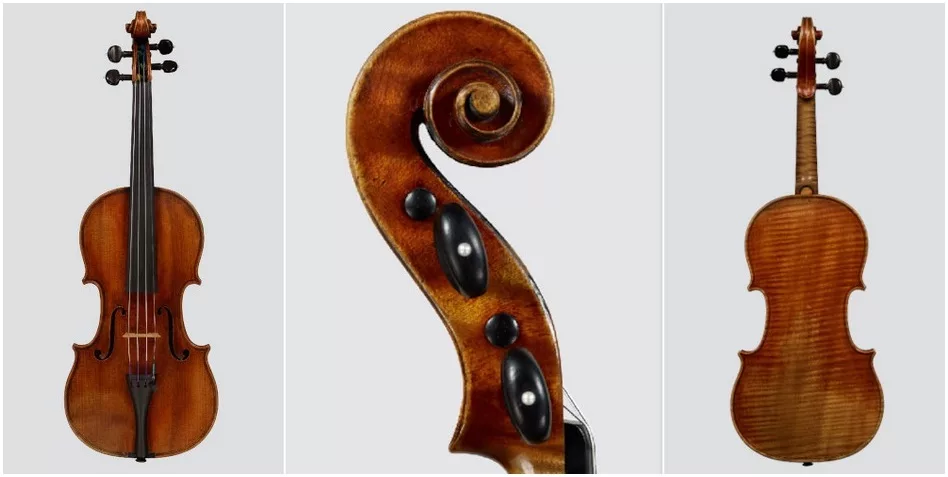cctm collettivo culturale tuttomondo Antonio Stradivari (Cremona, 1643-1737)
Antonio Stradivari, noto anche in lingua latina come Antonius Stradivarius (Cremona, tra fine 1643 e 1649 – Cremona, 1737), è stato un liutaio italiano.
È stato un costruttore di strumenti a corde di straordinaria fattura come violini, viole, violoncelli, chitarre, arpe; in quest’ambito è universalmente riconosciuto come uno dei migliori di tutti i tempi. Si avvalsero delle sue creazioni anche Niccolò Paganini e Giovanni Battista Viotti, che le fece apprezzare in Francia e in Gran Bretagna … continua a leggere su Wikipedia
Antonio Stradivari (c. 1644 – 1737) was an Italian luthier and a craftsman of string instruments such as violins, cellos, guitars, violas and harps.
The Latinized form of his surname, Stradivarius, as well as the colloquial Strad are terms often used to refer to his instruments. It is estimated that Stradivari produced 1,116 instruments, of which 960 were violins. Around 650 instruments survive, including 450 to 512 violins. His instruments are considered some of the finest ever made, and are extremely valuable collector’s items … keep on reading Wikipedia
_

foto: Antonio Stradivari, violino Tyrrell, 1717 – collezione privata
Se nei resoconti ottocenteschi si può leggere di strumenti di Stradivari ritrovati in condizioni perfette, oggi gli esemplari per i quali la definizione valga ancora possono essere contati sulle dita di una mano. Il Tyrrell è tra questi grazie all’amore con cui è stato conservato da quando, nel diciannovesimo secolo, arrivò in Gran Bretagna.
Il violino Tyrrell (1717) è uno dei migliori esempi del lavoro del Maestro.
Oltre l’ottima conservazione anche il modello rende il violino particolarmente raro. È stato, infatti, realizzato utilizzando la forma S esposta al Museo del Violino.
Particolarmente interessanti anche il taglio dei fori armonici, le bombature, i filetti e l’elegante scultura della testa, caratteristiche ognuna esemplare della abilità e dei percorsi di ricerca espressi da Antonio Stradivari.
If in nineteenth-century accounts you could read about Stradivari instruments found in perfect condition, today the examples for which this definition still applies can be counted on the fingers of one hand. The Tyrrell is among these thanks to the love with which it has been preserved since it arrived in Great Britain in the nineteenth century.
The Tyrrell violin (1717) is one of the finest examples of the Master’s work.
In addition to its excellent preservation, the model also makes the violin particularly rare. It was in fact made using the S-shaped form exhibited at the Violin Museum.
Also particularly interesting are the cutting of the f-holes, the bulges, the inlay, and the elegant sculpture of the head, each characteristic exemplifying the skill and research paths expressed by Antonio Stradivari.
cctm capolavori